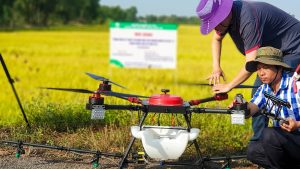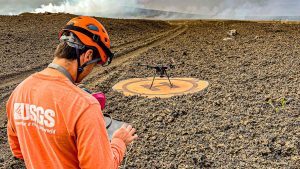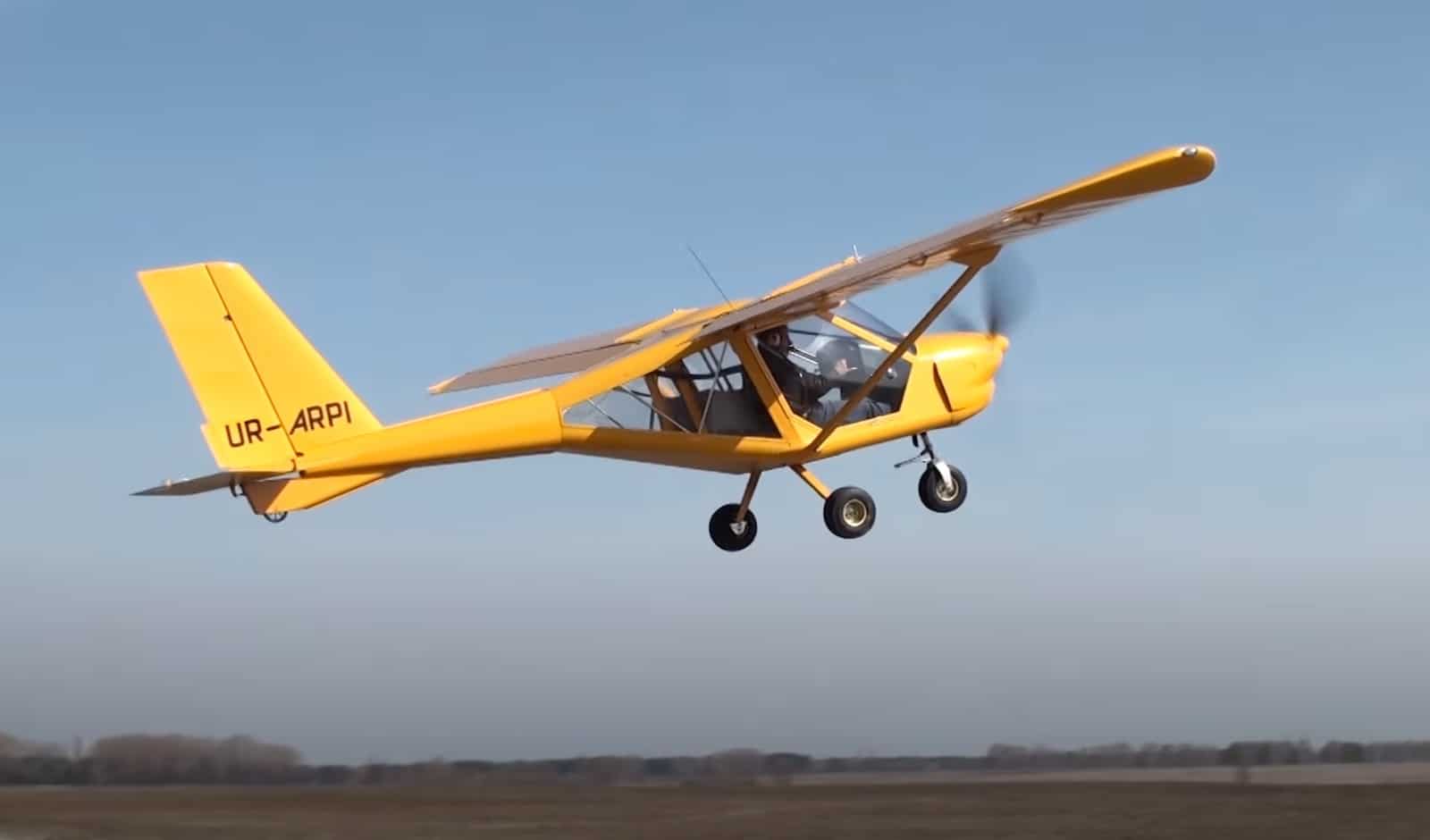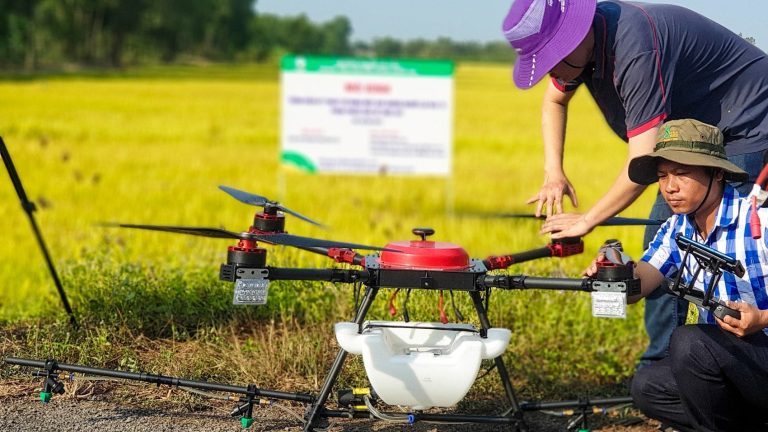In an unprecedented attack, Ukraine has successfully struck a strategic industrial site deep within Russian territory using a modified Ukrainian-made light aircraft. The drone, likely based on the Aeroprakt A-22, traveled over 800 miles from the Ukrainian border to hit the Alabuga Special Economic Zone, exposing vulnerabilities in Russia’s air defense systems, reports Reuters.
Drone Attack Details
On Tuesday, April 2, 2024, two drones struck a dormitory at the Alabuga Special Economic Zone in Russia’s Tatarstan region, injuring 13 people. The attack targeted a site reportedly used to produce Russian long-range drones that have been extensively employed against Ukraine during the ongoing war.
Video footage of the incident, confirmed by Reuters, shows a winged aerial vehicle flying towards the site before exploding on impact. Defense intelligence company Janes tentatively identified the aircraft as an A-22, a family of two-seat ultra-light planes developed and manufactured by Aeroprakt in Ukraine.
Adapting the A-22
Aeroprakt’s founder and chief designer, Yuriy Yakovlyev, noted that while the drone’s silhouette resembled the A-22, his company was not involved in UAV production. However, he acknowledged the possibility that someone had adapted one of the nearly 1,600 planes produced by Aeroprakt, including 100 sold in Russia before the war, to serve as an uncrewed vehicle.
A Ukrainian long-range drone developer, who requested anonymity, stated that converting a light aircraft into an uncrewed aerial vehicle would not be a significant engineering challenge for a UAV company.
“There’s nothing special in terms of engineering about this. You can have a piloted plane with auto-pilot and a navigation system from a smaller UAV and connect them up. It’s not a very hard task,” the developer explained.
Ukraine’s Drone Strategy
Unable to rapidly produce long-range missiles and with limited access to those made by Western allies, Ukraine has prioritized the development of long-range uncrewed vehicles to counter Russia’s extensive use of missiles and drones. The Alabuga attack is part of Ukraine’s recent efforts to strike deep into internationally recognized Russian territory, primarily targeting oil installations to diminish Russia’s ability to fund the war.
Implications and Future Attacks
Experts have raised questions about the apparent lack of adequate air defense protection at the Alabuga site, considering its significance and previous attacks on targets inside Russia. The use of a civilian light aircraft converted into a UAV may have allowed the plane to fly relatively unnoticed through Russian airspace.
The Ukrainian Conflict Intelligence Team expects more attacks of this nature in the future, given the A-22’s simple, reliable design and its affordability at reportedly just $90,000 per unit. The drone’s ability to travel 600 miles through Russian air defenses and deliver hundreds of pounds of explosives with high accuracy makes it a cost-effective and scalable option for Ukraine.
The successful Drone Strike on the Alabuga Special Economic Zone has exposed vulnerabilities in Russia’s air defense systems and demonstrated Ukraine’s resourcefulness in adapting civilian aircraft for long-range attacks. As the war continues, it is likely that Ukraine will continue to seek innovative and cost-effective solutions to counter Russia’s military aggression, forcing Russia to adapt and strengthen its defenses in response.
















+ There are no comments
Add yours